The Real Value of Gold Bullion Coins — From a Collector and Investor Who’s Seen It All
Gold’s soaring past $3,000 an ounce in 2025, and if you’ve been hoarding gold bullion coins, you’re probably feeling pretty good right now. I’ve spoken with hundreds of clients over the years who’ve watched their stacks of American Gold Eagles...

Gold’s soaring past $3,000 an ounce in 2025, and if you’ve been hoarding gold bullion coins, you’re probably feeling pretty good right now. I’ve spoken with hundreds of clients over the years who’ve watched their stacks of American Gold Eagles or Canadian Maple Leafs balloon in value—and who can blame them for smiling? Gold’s outperformed the S&P 500 in recent years, proving the naysayers wrong and vindicating those who saw it as a safe haven. Gold prices can fluctuate every few seconds during market hours, influenced by factors such as breaking news and overall supply and demand dynamics.
But here’s the twist: while bullion’s been a solid bet, there’s a quieter, more powerful opportunity most investors overlook—rare and numismatic coins. Let’s break down the value of gold bullion coins today, why they’ve earned their moment in the sun, and learn how rare coins could take your portfolio to the next level.
What Are Gold Bullion Coins, Really?

Gold bullion coins are government-minted pieces prized for their precious metal content. Think U.S. Gold Eagles, Austrian Philharmonics, South African Krugerrands, or British Britannias—typically struck in 22k or 24k gold, often in tidy one-troy-ounce packages (though ½ oz and ¼ oz options exist too).
These coins are churned out by the millions each year, their value tethered to the global “spot price” of gold. With spot now topping $3,000, that 1 oz Gold Eagle you bought a few years back might fetch $3,050 or more, thanks to a small premium. It’s a straightforward equation: as gold climbs, so does the value of gold bullion coins. And lately, that climb’s been steep. Look for items minted by reputable organizations like the United States Mint, which guarantees the quality and weight of its coins. When buying gold online, ensure that the website uses a secure connection to protect your personal and financial information.
Buying Gold: A Beginner’s Guide

Buying gold can be a fantastic way to diversify your investment portfolio and safeguard your wealth. But before you dive in, it’s crucial to understand the different types of gold bullion products available. From bullion coins to bars and rounds, each has its unique appeal and value proposition.
One of the most popular choices among gold investors is the American Gold Eagle. This coin is widely recognized and trusted, making it a staple in many portfolios. When buying gold, ensuring the authenticity and purity of the product is paramount. Look for items minted by reputable organizations like the United States Mint, which guarantees the quality and weight of its coins.
Consider purchasing gold from authorized dealers or online retailers that offer a secure and transparent buying process. Always be aware of the current market prices and trends to make informed decisions. And if you’re new to buying gold, don’t hesitate to ask questions or seek advice from a financial expert. Remember, knowledge is power, especially when it comes to investing in precious metals.
Bullion’s Big Win: Vindicated by the Market
Let’s give credit where it’s due. If you’ve been holding bullion over the past few years, you’re not just keeping pace—you’re winning. Gold’s surge from $2,000 to over $3,000 since 2022 has outstripped the S&P 500’s returns, especially as stocks wobbled through inflation fears and economic uncertainty. A client of mine who bought 20 Gold Eagles at $1,800 apiece in 2020? He’s now sitting on $60,000+ from a $36,000 investment. Not bad for “just metal.”
Bullion’s strength lies in its simplicity. It’s liquid—easy to buy, easy to sell—and tracks gold’s price like a loyal human shadow. When the world feels shaky, it’s a rock-solid hedge. No one’s crying over their bullion stash today; they’re cashing in or sitting pretty.
But here’s where I pause: bullion’s a one-trick pony. Its value rises with gold—and that’s it. There’s no extra layer, no hidden upside. It’s a tide that lifts all boats, not a rocket that breaks orbit.
The Premium Puzzle: A Minor Catch
When you buy gold bullion, you pay a premium over spot—say, $50 to $150 per coin, depending on the dealer and demand. At $3,000 spot, that’s still a small price for entry. The catch? When you sell, dealers often pay close to spot, pocketing that premium. It’s not a dealbreaker—especially with gold’s recent run—but it’s a reminder: the value of gold bullion coins is almost entirely the gold itself, not the coin.
Still, with gold’s trajectory, few are sweating those premiums. The market’s momentum has more than made up for it.
Modern Rare Coins: The Hidden Goldmine of the 21st Century

Let’s take a detour from the traditional path and zero in on a segment of the market that’s vastly underrated—and almost impossible to price shop: modern-era rare coins.
We’re not talking about mass-produced bullion or pre-1933 pieces that have been circulating investor circles for decades. We’re talking about the exclusive, investment-grade modern rarities minted after 1986—like a 1995-W Proof Silver Eagle graded PR70 DCAM or a low-mintage, high-grade $50 Gold Buffalo with flawless certification. These coins weren’t struck for general circulation—they were created for collectors, investors, and insiders who understood their scarcity and long-term upside from day one.
Here’s the kicker: modern rare coins combine the gold content that traditional investors love with the numismatic leverage that only savvy collectors recognize. I’ve helped countless clients step beyond bullion and into this exclusive lane—and the results speak for themselves. While gold was busy inching upward, the premiums on high-demand modern rarities were leaping. One client picked up a 2006-W Reverse Proof Silver Eagle PR70 for under $1,500 in 2015—last month, it sold for over $7,000. That’s the kind of growth bullion just doesn’t deliver.
Gold bullion is a reliable store of value. But modern rare coins? They’re dynamic assets—appreciating not just because of gold prices, but because of market demand, mintage limits, flawless condition, and collector frenzy. At Global Coin, we harness that momentum using our proprietary GCS Index to identify the smartest picks—coins with historical relevance, scarcity, elite grading, and rising demand.
Bottom line? These are the coins you won’t find on dealer shelves or eBay at bargain prices. They’re tightly held, quietly appreciated, and steadily rising. Modern rarities represent the future of wealth preservation—and the savvy few are already ahead of the curve.
Building a gold collection can be both a rewarding hobby and a smart investment strategy. Start by setting a budget and deciding what type of gold products you want to collect—be it coins, bars, or rounds. The rarity and condition of these items can significantly impact their value, so choose wisely.
Look for products certified by reputable organizations like the Professional Coin Grading Service (PCGS). Certification ensures that you’re getting a genuine and high-quality item. Store your gold collection in a secure location, such as a home safe or a safety deposit box, to protect your investment.
Consider diversifying your collection by including other precious metals like silver or platinum. This not only adds variety but also spreads your risk. Keep track of your collection’s value and adjust your strategy as market trends and prices fluctuate. Joining a gold collector’s community or online forum can also be beneficial. It allows you to connect with other enthusiasts and stay up-to-date on market news and trends.
Market Trends and Price Fluctuations

The gold market can be volatile, with prices fluctuating rapidly in response to global events and economic trends. Staying informed about market trends and news is essential for anticipating potential price movements. Understanding the factors that impact gold prices—such as supply and demand, inflation, and geopolitical events—can give you a significant edge.
Consider using technical analysis tools like charts and graphs to identify patterns and trends in the market. However, avoid trying to time the market or making impulsive decisions based on short-term price fluctuations. Instead, focus on long-term trends and adjust your investment strategy accordingly.
Diversifying your portfolio by including other assets like stocks, bonds, or real estate can help reduce your exposure to market volatility. Staying informed and adapting to changing market conditions will maximize your returns and minimize your risks. Remember, the key to successful investing in gold and other precious metals is a balanced and well-informed approach.
Why Bullion Still Matters

Bullion’s not the villain here. It’s a champ at what it does: preserving wealth with some security and minimal fuss. If you want 10-20% of your portfolio shielded from inflation or a market crash, a stack of Krugerrands or Maple Leafs is tough to beat. At $3,000 an ounce, it’s a proven store of value—and its liquidity means you can cash out fast if needed.
Pro tip: hunt for low premiums when buying. A silver Krugerrand at $30 over spot beats a Gold Eagle at $100 over. Those savings add up.
Final Thoughts: From Solid to Stellar
Gold bullion coins have had their day—and it’s been a good one. If you’ve held them through this $3,000+ surge, you’re not just validated; you’re ahead of the game. But as someone who’s navigated every corner of the precious metals world, I’ll let you in on the real wisdom: the value of gold bullion bars and coins is a foundation, not the whole house.
-
Bullion is your bedrock. It’s steady, reliable, and shining brighter than ever.
-
Rare coins are your rooftop. They lift you higher, blending gold’s strength with collector-driven growth.
Want to keep winning? Don’t just hoard gold—own value. At Global Coin, we specialize in turning steady portfolios into standout ones with rare coins that don’t just sit there—they soar. Ready to go beyond bullion? Let’s talk.
Related Articles
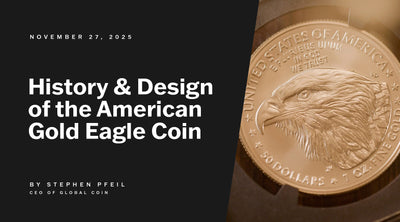
History and Design of the American Gold Eagle Coin
The Gold Eagle Coin is one of the most iconic and widely recognized bullion coins in the world. ...
Discover More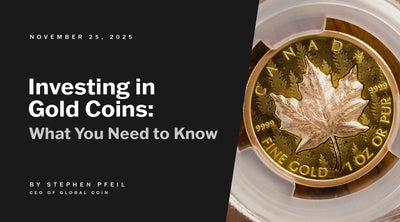
Investing in Gold Coins: What You Need to Know
Disclaimer: Global Coin is a dealer of precious metal coins and does not provide investment, fin...
Discover More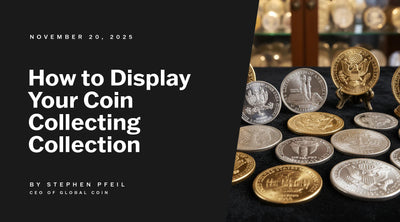
How to Display Your Coin Collecting Collection
If you’re anything like the passionate coin collectors I work with every day at Global Coin, you...
Discover More

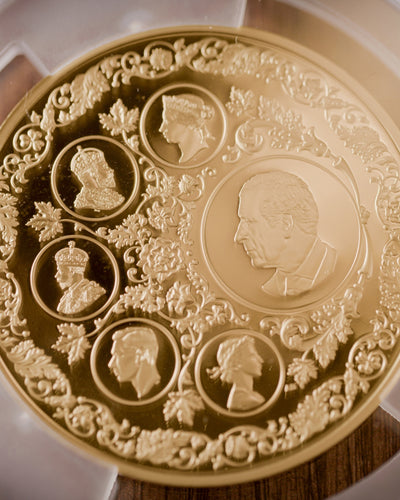
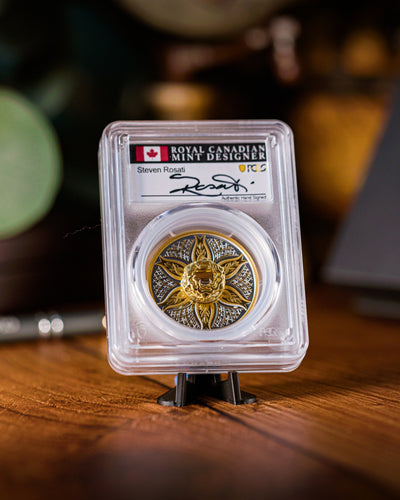
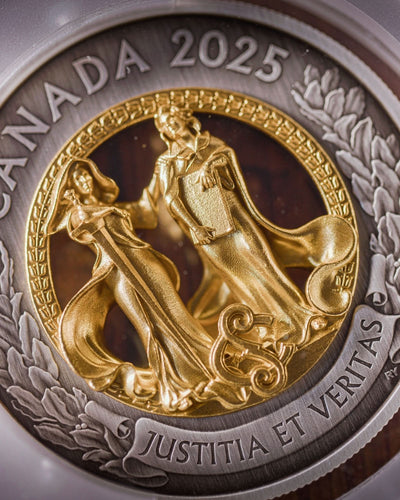
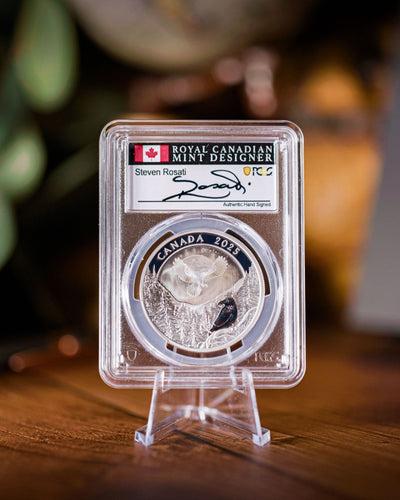
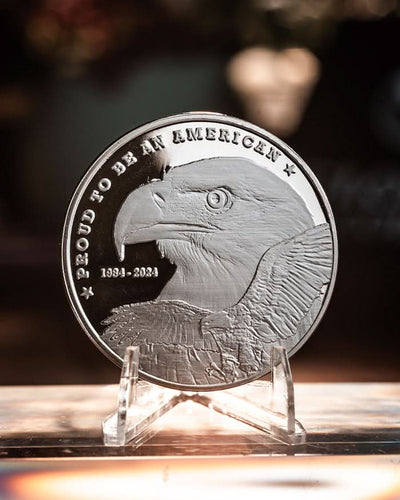
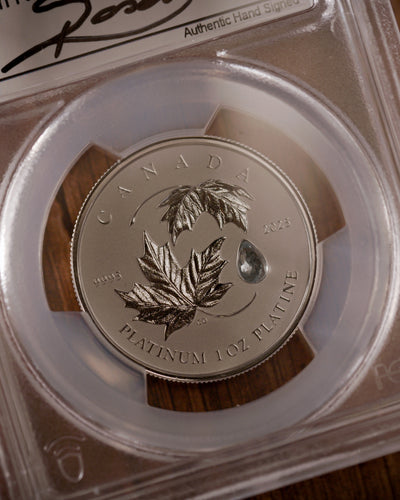
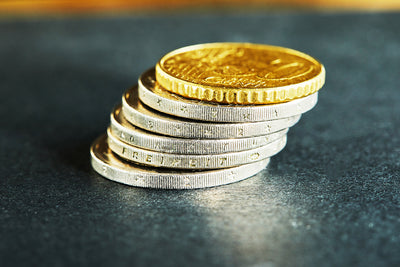
Leave a comment
This site is protected by hCaptcha and the hCaptcha Privacy Policy and Terms of Service apply.